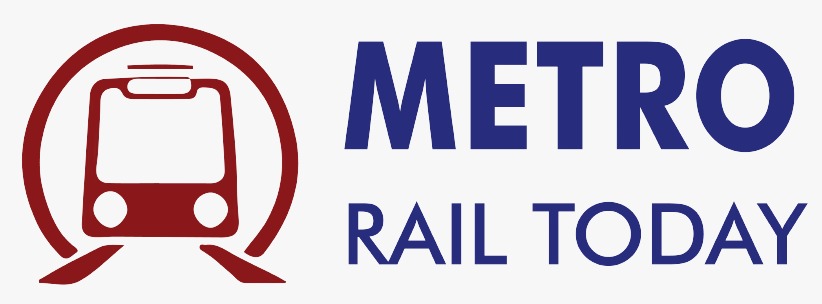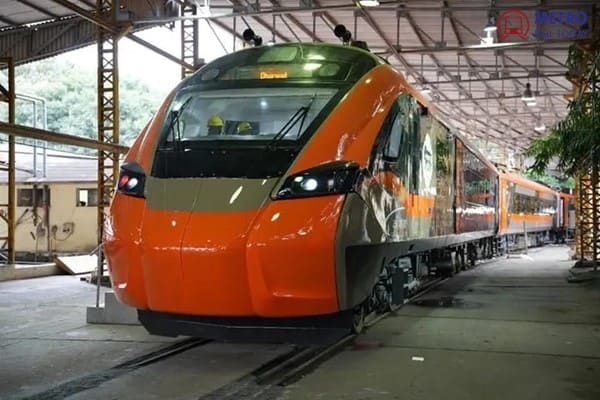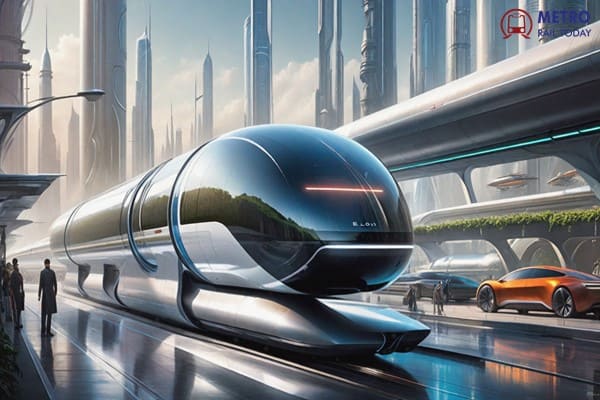 SNTP Technologies: India's Largest Rebar Coupler Maker Setting New National Standards
SNTP Technologies: India's Largest Rebar Coupler Maker Setting New National Standards Nilabhra Sengupta appointed as new Commissioner of Metro Railway Safety (CMRS)
Nilabhra Sengupta appointed as new Commissioner of Metro Railway Safety (CMRS) Maharashtra approves India’s First Pod Taxi connecting Thane, Navi Mumbai & Mira-Bhayandar
Maharashtra approves India’s First Pod Taxi connecting Thane, Navi Mumbai & Mira-Bhayandar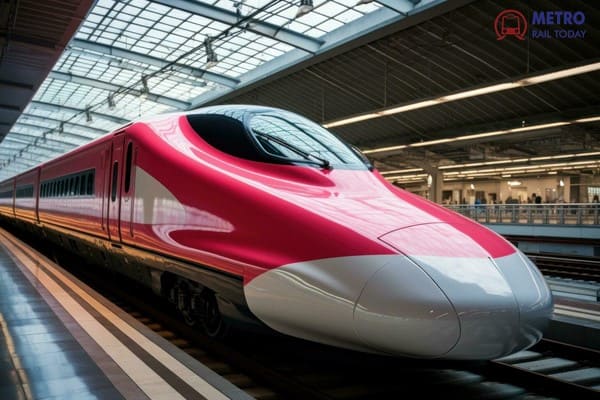 PM Narendra Modi reviews progress of Mumbai–Ahmedabad Bullet Train Project in Surat
PM Narendra Modi reviews progress of Mumbai–Ahmedabad Bullet Train Project in Surat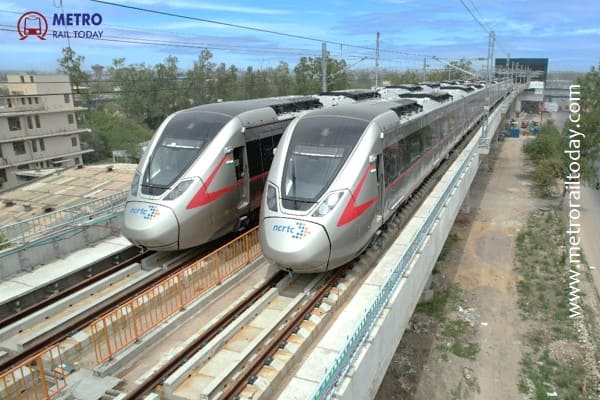 Public Investment Board approves two new RRTS corridors worth ₹65,000 crore
Public Investment Board approves two new RRTS corridors worth ₹65,000 crore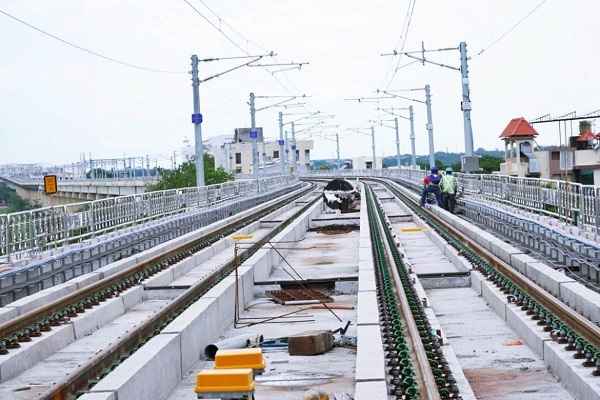 Texmaco Rail bags Track Work Contract for three key corridors of Delhi Metro Rail Project
Texmaco Rail bags Track Work Contract for three key corridors of Delhi Metro Rail Project Four Firms Submit Bids for ₹297 Crore O&M Contract of Mumbai Monorail
Four Firms Submit Bids for ₹297 Crore O&M Contract of Mumbai Monorail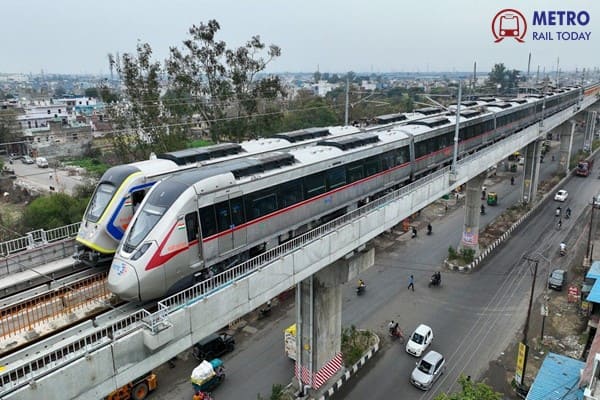 NCRTC installs India’s First “Solar on Track” in a Metro or RRTS System
NCRTC installs India’s First “Solar on Track” in a Metro or RRTS System Delhi Metro to expand 450 km network by 2027, Take 10.9 lakh Vehicles Off Roads Daily by 2031
Delhi Metro to expand 450 km network by 2027, Take 10.9 lakh Vehicles Off Roads Daily by 2031 Hitachi Rail bags Automatic Fare Collection System Contract for Bangalore Metro Phase 2
Hitachi Rail bags Automatic Fare Collection System Contract for Bangalore Metro Phase 2
Indian Railways to adopt Global Best Practices, Shift to EPC Model
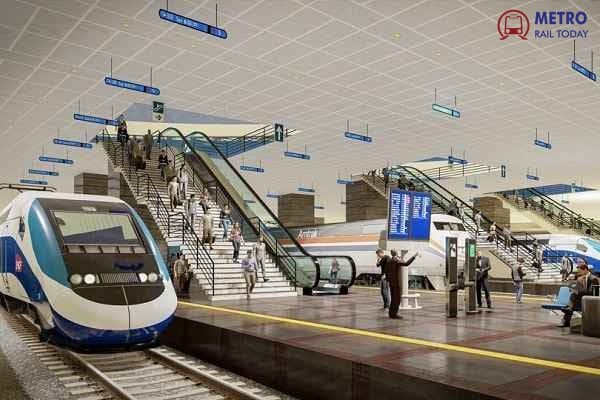
New Delhi, India (Metro Rail Today): In a bold step toward modernization, Indian Railways is conducting an in-depth evaluation of international railway technologies and operational practices, aiming to fully transform its infrastructure and service delivery systems. The review covers railway networks in Russia, Germany, Switzerland, France, and Spain, focusing on adaptability to Indian conditions, officials told ET.
The comprehensive assessment, expected to conclude within the current fiscal year, includes the study of real-time monitoring and control systems, locomotive driver working conditions, and staff mental wellbeing protocols. A senior official stated, “Best practices and equipment around the world are being assessed for indigenisation as well as adoption.”
To streamline construction timelines and reduce cost overruns, Indian Railways has fully transitioned from the traditional item rate contract system to the more efficient Engineering, Procurement and Construction (EPC) model. The EPC shift, formalized in May last year, applies to all new railway lines, gauge conversions, track doubling, major colonies, workshops, and key bridge projects.
Under the older item rate method, contractors were paid based on completed measurements for specific work items. However, frequent design delays, quantity changes, and funding issues led to time and cost overruns.
“Item rate contracts are prone to excessive time and cost overruns,” a second official explained. “With India’s growing freight demands, the EPC model ensures faster project execution by transferring risks related to design, soil conditions, and weather to the contractor.”
The finalised standard EPC agreement now mandates that contractors take full responsibility for commercial and technical aspects of the project, aligning with the national vision for infrastructure development and capacity enhancement.
By embracing global innovations, modern contracting models, and employee-centric operational frameworks, Indian Railways is laying the groundwork for a smarter, safer, and more efficient transport ecosystem. This aligns with broader goals to expand freight corridors, increase operational reliability, and deliver world-class passenger experiences in the coming years.
